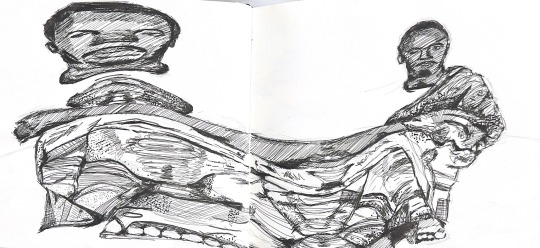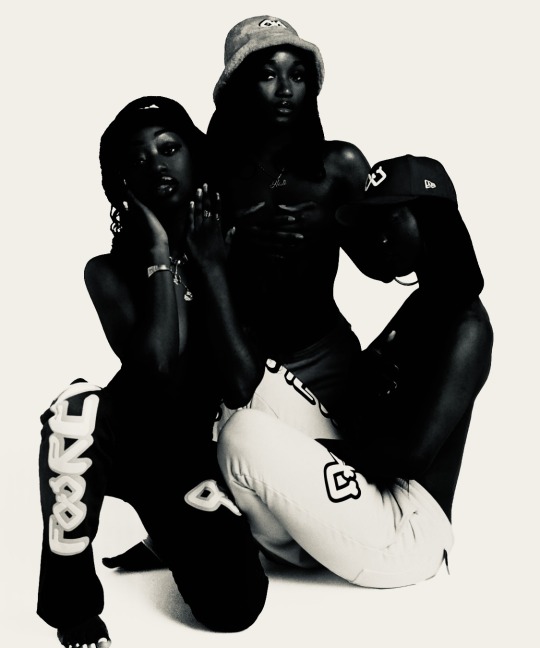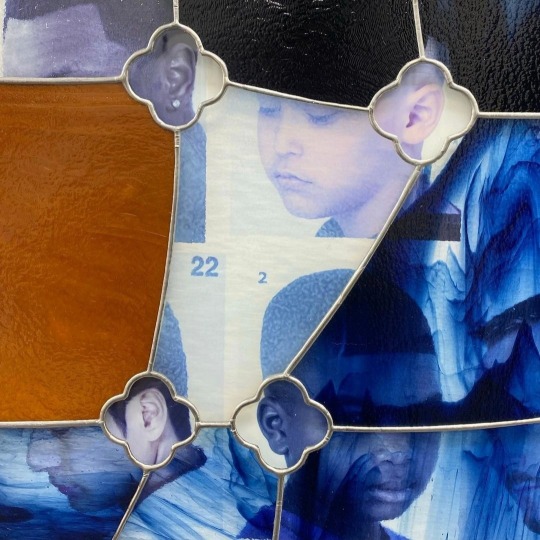Text
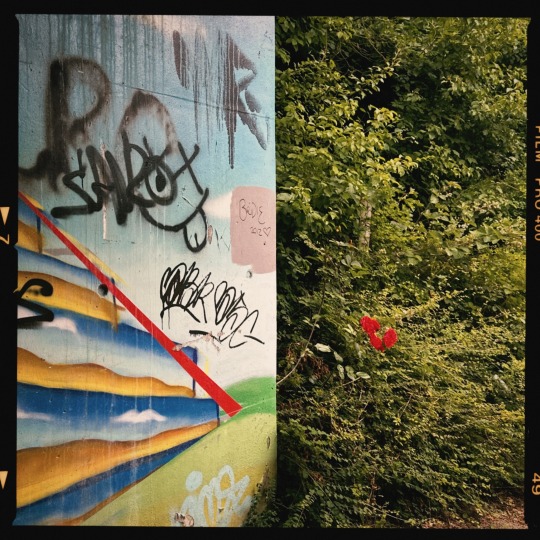



quiet town summer
1 note
·
View note
Text


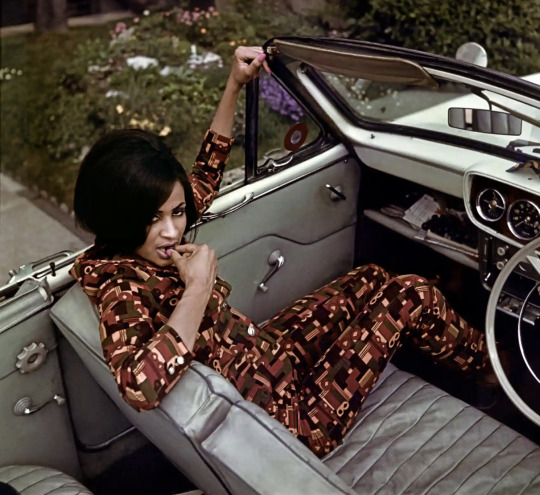
James Barnor
The self-assurance and unique fashion trends that were prevalent in both London and Accra are shown in Barnor's photos. James Barnor spent his whole life commuting between Accra and London. His photographic portraits of people clearly depict countries in transition: Ghana gaining independence from Britain and London enjoying the liberties of the swinging 1960s. "Colour really changed people's ideas about photography", says Barnor The Ghanaian woven fabric kente comes in a variety of colours, and because people wanted to be photographed wearing it after church or out and about, word of the availability of colour photography in Ghana spread quickly. Perfectly coiffed from head to toe, these women made a strong post-independence show of pride in their tradition by fashioning their kente fabric with a 1970s flair.
I personally think that James Barnor's work is significant in terms of capturing the African diaspora because it offers a unique and intimate perspective on the lives and experiences of people of African descent.Through his photographs, Barnor has documented the social, cultural, and political changes that have taken place in Africa and the African diaspora over the past six decades, while also celebrating the beauty, diversity, and resilience of the African people. His images capture the joys and struggles of everyday life, as well as the moments of triumph and tragedy that have shaped the history of the African diaspora. Overall, I think that James Barnor's work is an important contribution to the visual history of the African diaspora, and a testament to the enduring creativity and vitality of the African people.
7 notes
·
View notes
Text
📍Madeira, Portugal



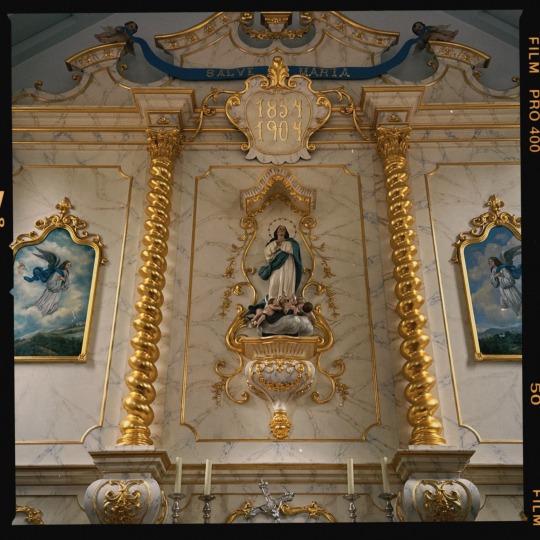
2 notes
·
View notes
Text
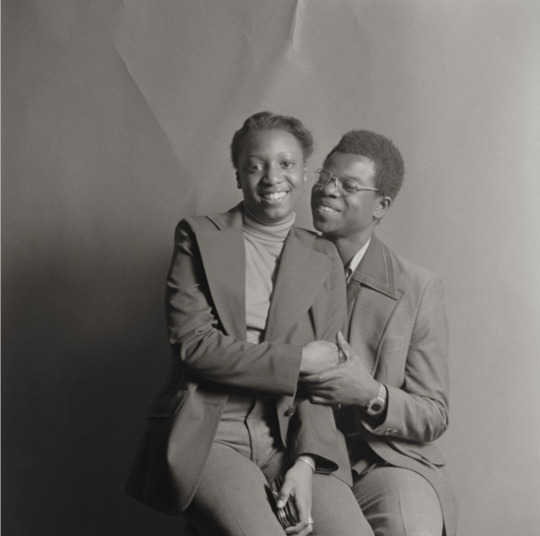

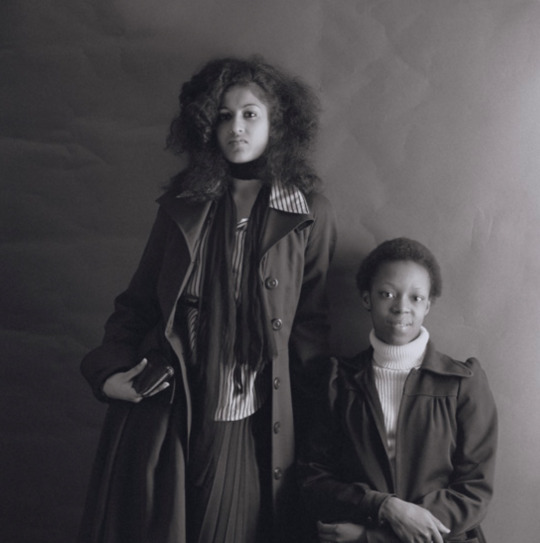
"Lovers Rock" series in Lewisham, South East London by John Goto (1977)
John Goto is a British photographer who is known for his work documenting the experiences of black and mixed-race youth in the UK. His "Lovers' Rock" series, which was created in the 1970s and 1980s, captures the vibrant and complex culture of young people in Lewisham and other areas of London. Through his photographs, Got explores themes of identity, community, and resistance, and he challenges viewers to think critically about issues of race, class, and gender in contemporary British society.
Goto's work documenting the experiences of black and mixed-race youth in the UK during the 1970s and 1980s is an important and powerful reflection of the social climate of the time. At that time, many young people in the UK were facing significant challenges related to racism, poverty, and social exclusion, and Goto's photographs provide a moving and nuanced portrayal of their experiences. Through his work, Goto highlights the resilience, creativity, and complexity of young people in Lewisham and other areas of London, and he challenges viewers to think critically about the social and political factors that contribute to inequality and injustice in society. I think that John Goto's work offers a nuanced and complex reflection of the experiences of the African diaspora in the UK. Through his photographs, Goto captures the diverse and multifaceted nature of black and mixed-race identity, and he explores the ways in which these identities are shaped by factors such as culture, history, and geography.
At the same time, Goto's work also highlights the many challenges and struggles that members of the African diaspora face in the UK, including racism, poverty, and social exclusion. By presenting a diverse range of voices and perspectives, Goto's work challenges viewers to think critically about issues of representation, identity, and belonging, and it encourages us to recognize the richness and complexity of the African diaspora in the UK and beyond. Overall, I think that Goto's work is an important and inspiring contribution to the ongoing conversation about the African diaspora and its place in contemporary society.
2 notes
·
View notes
Text


Touki Bouki, 1973
"Touki Bouki," which is also known as "The Journey of the Hyena." It's a classic Senegalese film from 1973, directed by Djibril Diop Mambéty. The film tells the story of a young couple, Mory and Anta, who dream of leaving Dakar and traveling to Paris, in hopes of a better life . Along the way, they encounter a host of colourful characters and face a variety of challenges and obstacles. "Touki Bouki" is widely regarded as a masterpiece of African cinema, and it is known for its striking visual style, its innovative use of sound and music, and its powerful exploration of themes related to identity, migration, and cultural exchange. I think that "Touki Bouki" is an important and inspiring film that continues to resonate with audiences today, and it is great story for audiences who are interested in exploring the rich and vibrant history of African cinema.
I think that "Touki Bouki" is an interesting and thought-provoking film that raises important questions about identity, migration, and the African diaspora. This desire reflects a broader trend in African history, in which people have often sought to migrate to other parts of the world in search of economic opportunity, political freedom, or cultural exchange. At the same time, however," Touki Bouki" also highlights the challenges and complexities of this desire, and it raises important questions about the relationship between Africa and the African diaspora. For example, the film suggests that the desire to leave Africa and become part of the diaspora can sometimes be driven by a sense of alienation or disconnection from one's own cultural heritage. However, it also suggests that this desire can be complicated by factors such as racism, economic exploitation, and cultural misunderstanding.
Visually, "Touki Bouki" is a striking and innovative film that makes use of a variety of techniques to create a unique and memorable cinematic experience. One of the most notable features of the film is its use of surreal imagery and dreamlike sequences, which create a sense of dislocation and fragmentation that reflects the characters' own sense of alienation and displacement. In addition, I think that the film makes use of a variety of visual and auditory techniques to create a sense of rhythm and movement that is both hypnotic and engaging. For example, the film features a number of sequences that are set to music, and these sequences use a combination of sound and image to create a powerful and immersive sensory experience.
7 notes
·
View notes
Text
Film stills from Touki Bouki, 1973
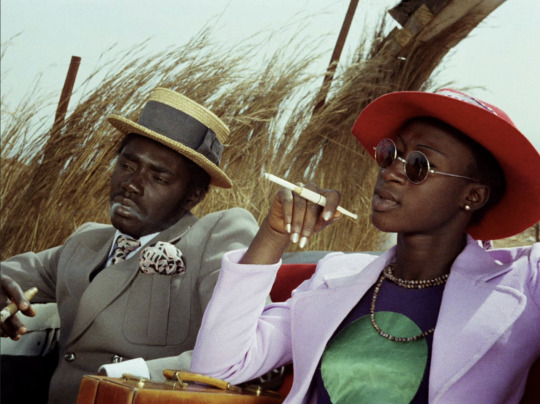


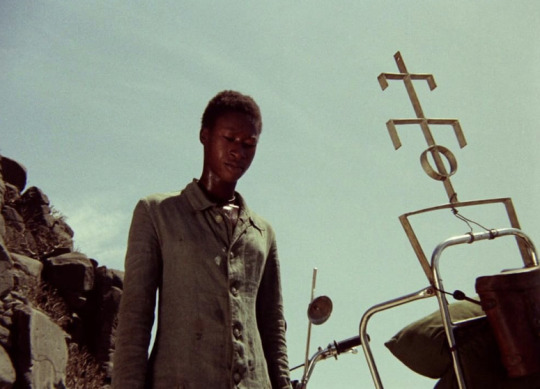
22 notes
·
View notes
Photo
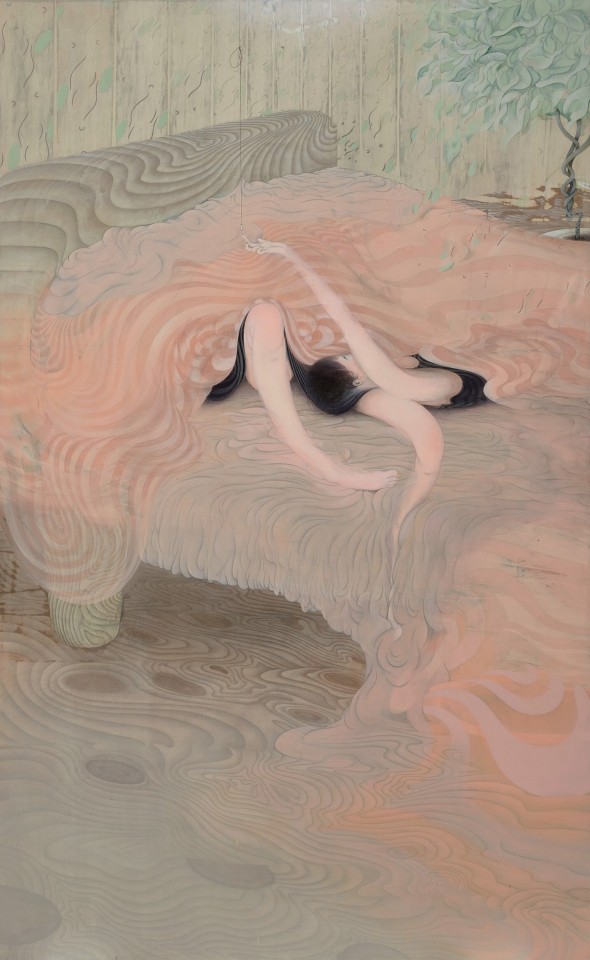
Tomoko Kashiki — With Benjamina and Wall (acrylic, pencil, pastel and linen on wooden panel, 2012)
14K notes
·
View notes
Text




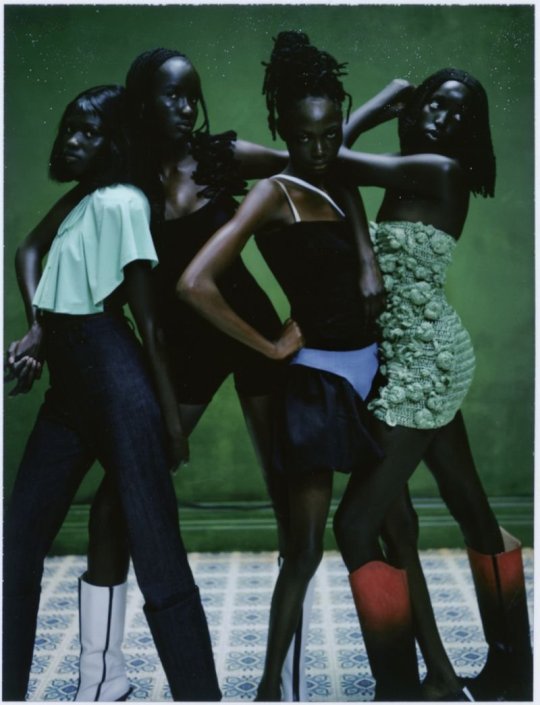


Baba Chogwu, Goy Manase, Mayor Dutie and Nyaueth Riam by Gabriel Moses for Dazed Magazine December 2021. Hair by Ali Pirzadeh. Styled by Marika-Ella Ames.
2K notes
·
View notes
Photo

Michael Kabotie (Lomawywesa, 1942-2009) — Petroglyphs I [acrylic and mixed media on canvas, 1975]
157 notes
·
View notes
Photo

Anatoly Poutilin — Artists Workshop (oil on canvas, 2004)
74 notes
·
View notes
